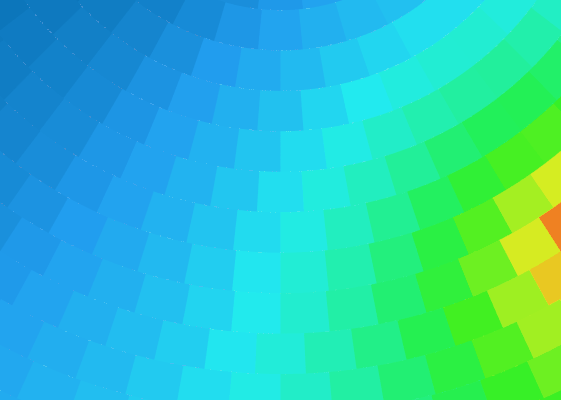![]() Sky Instance
#
Sky Instance
#
A sky instance describes the direct and diffuse, illuminance and irradiance in a sky for a location at a specific point in time. It is used for analyses like point in time illuminance and point in time irradiance to determine daylight and irradiance levels.
Sunlight#
The emission from the sky comes from the sun. This emission can be divided into a direct and a diffuse component and it can be measured either as energy or as light.
Direct#
The direct component is the sunlight that is received directly from the solar disc. Cyclops uses a nearest neighbor method to distribute the direct component to the 4 closest patches in the hemisphere subdivision.

Diffuse#
The diffuse component is the sunlight that is received from the sky outside of the solar disc, meaning the sunlight that has been reflected and scattered through the Earth's atmosphere before reaching the surface.

Irradiance#
Each sky patch has a direct, a diffuse and a total irradiance component. This is the energy that is emitted from the specific patch measured in \(W/m^2\) which is used for radiation analyses.
Illuminance#
Each sky patch has a direct, a diffuse and a total illuminance component. This is the light that is emitted from the specific patch measured in \(cd.h/m^2\) which is used for daylight analyses.
Create Sky Instance#
Weather#
The weather describes the location specific conditions that will be used to determine the sky conditions. The weather data is measured on an hourly interval and will be interpolated to work out the conditions at the exact date time.
Hemisphere#
The hemisphere specifies the subdivision of the sky dome and thereby the amount of patches that should be used to describe the sky conditions. More patches produce a higher resolution and thereby a more accurate interpretation of the sky but more patches will lead longer analysis times.
Date Time#
The date time specifies the exact point in time at which the irradiance and illuminance should be calculated.
Ground Reflectance#
A value between 0 and 1 indicating the fraction of light that is reflected by an artificial ground plane. This is used to decide the contribution form parts of the lower hemisphere that are visible to the analysis.
Warning
It is still important to model ground and context to ensure valid results.
Luminance Distribution Model#
A luminance distribution model is used to calculate the irradiance and illuminance contribution from each patch in the sky. There are two available models with slight differences. For a detailed breakdown of the equations behind them, Andrew Marsh provides an excellent overview in his article Sky Distribution Equations.
CIE Standard Sky Model#
The CIE Standard Sky Model published in 2002 uses an updated version of the All-Weather Sky Model and was adopted by ISO/CIE for calculating the CIE Standard General Sky.
All-Weather Sky Model#
The All-Weather Sky Model uses the traditional Perez equations published in 1993 to calculate the luminance distribution. This model is used in many other popular daylighting softwares.
- Darula, Stanislav & Kittler, Richard. (2002). CIE general sky standard defining luminance distributions. Proc. Conf. eSim 2002, Montreal, Canada.
- R. Perez, R. Seals, J. Michalsky, All-weather model for sky luminance distribution—Preliminary configuration and validation, Solar Energy, Volume 50, Issue 3, 1993, Pages 235-245